






Anouk Veldhuis, Inge Santman-Berends, Patty Penterman, Gerdien van Schaik
Background
Culling and replacing dairy cows have been influenced by changing agricultural policies in the Netherlands, leading to a significant increase in longevity as well as age at slaughter (figure).
Aim
To provide insight in longevity of dairy cows and risk factors for culling. Period 2016-2020 using census data.

Approach
1. Survival analysis on dairy cows traded, to quantify differences in survival between type of destination farm.
2. Conditional logistic regression model applied to a set of ~475.000 adult cows, to identify risk factors for slaughter.
o Data from ~5,000 randomly selected dairy farms
o Cows that were culled (cases) were matched to non-culled herd mates (controls). Matching on days in milk
o Relevance of risk factors expressed as population attributional fraction (PAF)

Anouk Veldhuis a.veldhuis@gdanimalhealth.com



• Data on ~280,000 dairy cows that were traded for the 1st time at ≥2 years of age. Mean longevity of these cows was 5.7 years.
• Survival differed per type of destination:
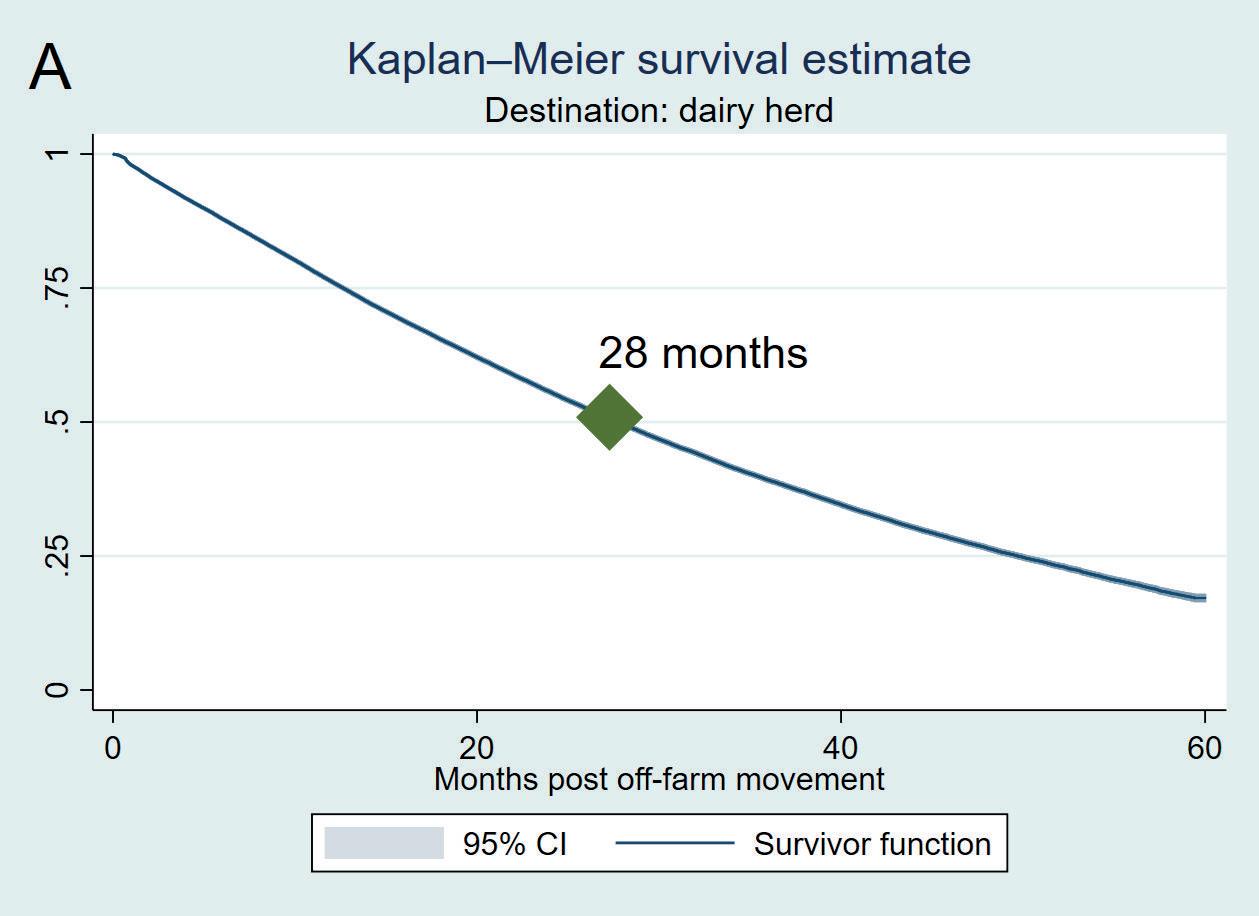
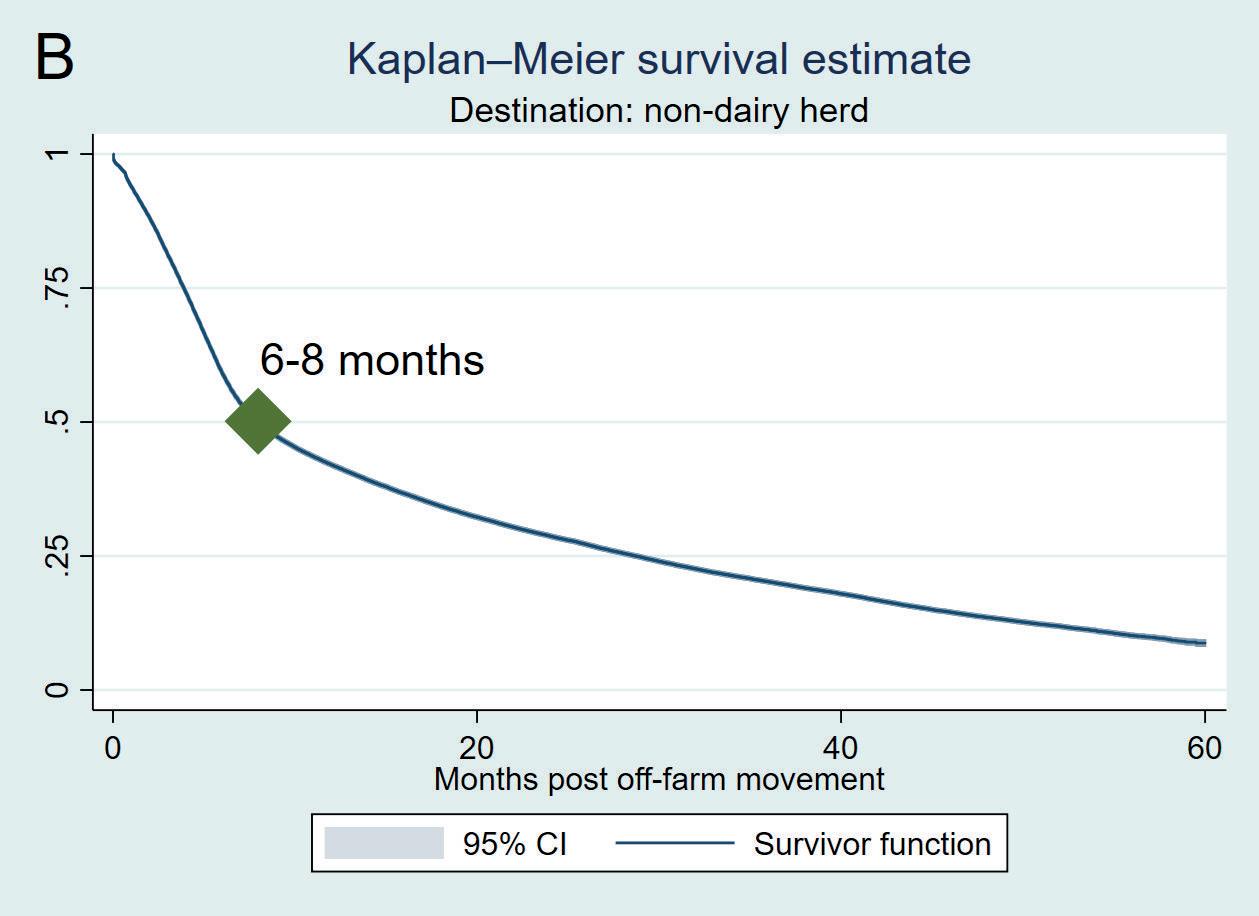


Abortion OR 1.5 (PAF 1.3%)
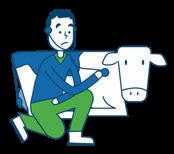
Ketosis
OR 1.1 (PAF 0.4%)

SCC >250.000/ mL OR 1.9 (PAF 24.9%)

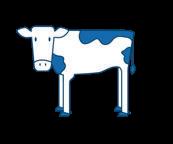
>3 inseminations OR 1.3 (PAF 2.4%)


Peak milk yield OR 0.94/kg (PAF 31%)

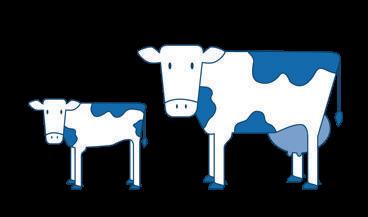
Low parity at >4 yr age OR 10.9 (PAF 27.1%)
Health problems are known to influence culling decisions. High SCC, reduced reproductive performance and probably other health problems (not included in the model) seem the most decisive factors in the choice to cull dairy cows. Indirect effects of diseases on culling are often expressed through reduced milk yield, leading to a high PAF.

Anouk Veldhuis a.veldhuis@gdanimalhealth.com